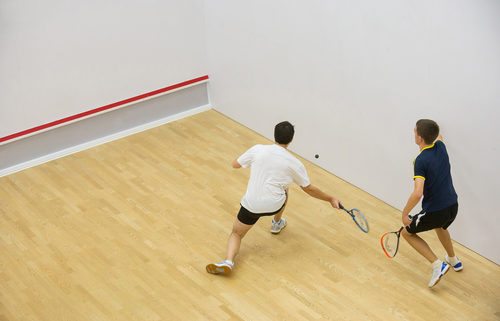Avoiding Sports-Related Back Injuries
Maintaining a healthy lifestyle is important, and a key component of a solid health plan is frequent exercise. You have countless options for choosing the types of exercise in which you want to partake. Whether you opt for individual sports like running and swimming, or group events like basketball, soccer, or softball, you’re going to place a certain amount of strain on your back. That’s why it’s critical you understand the types of back injuries that can occur, and how you can avoid them.
Back Injuries
As many as one in five sports-related injuries affect the back or neck. Even injuries that don’t specifically cause trauma to the back can affect it, especially if you try to compensate for discomfort by altering your posture. You can suffer from one of three types of back injury:
- Neck Injuries – Your neck is more exposed in sports that have a heightened level of physical contact. Football, in particular, is a sport in which your neck is especially susceptible because of the frequent impacts your body takes.
- Lower Back Injuries – Trauma to your lower back is more common in range-of-motion exercises such as weightlifting or sports where there is substantial repetitive impact, like running. Basketball players also struggle with lower back pain because of the constant jumping. Golfers have also been known to suffer lower back strain due to the constant rotation and twisting needed to play the game.
- Upper Back Injuries – The least frequent types of sports-related injuries occur in the upper back. This portion of your back is less mobile, so there is less movement. The added support provided by your rib cage adds to its strength. You can still suffer from cracked ribs or muscle strains – the latter occur more often in sports like swimming and weightlifting.
Avoiding Injury
Before beginning any sport, it’s recommended you complete a thorough warm-up routine. Doing so will prepare your muscles while helping your back get ready for the added stress it’s about to endure. While warm-ups differ based on the type of sports you play, there are certain basic rules you can follow for all athletic pursuits.
- Stretch – Take time to loosen the muscles you’ll be using during your exercise. Besides stretching common muscles like your triceps, calf muscles, and hamstrings, make sure you twist and rotate the muscles along your back and waist to increase your range of motion.
- Increase Circulation – When you begin your stretching exercises, start gradually with simple movements to increase the flow of blood throughout your body. You can then increase the intensity of your regimen, which will help loosen the muscles in your back.
- Model Your Efforts – If you’re going to throw a baseball, throw a few phantom pitches before you grab the ball. The same philosophy applies to swinging a golf club.
Are you suffering from sports-related back pain? If you have numbness, tingling, or severe pain that doesn’t improve with medication and rest, see a doctor. Back pain can sometimes signal more serious problems. To learn more about the effects of back pain, contact us today.



